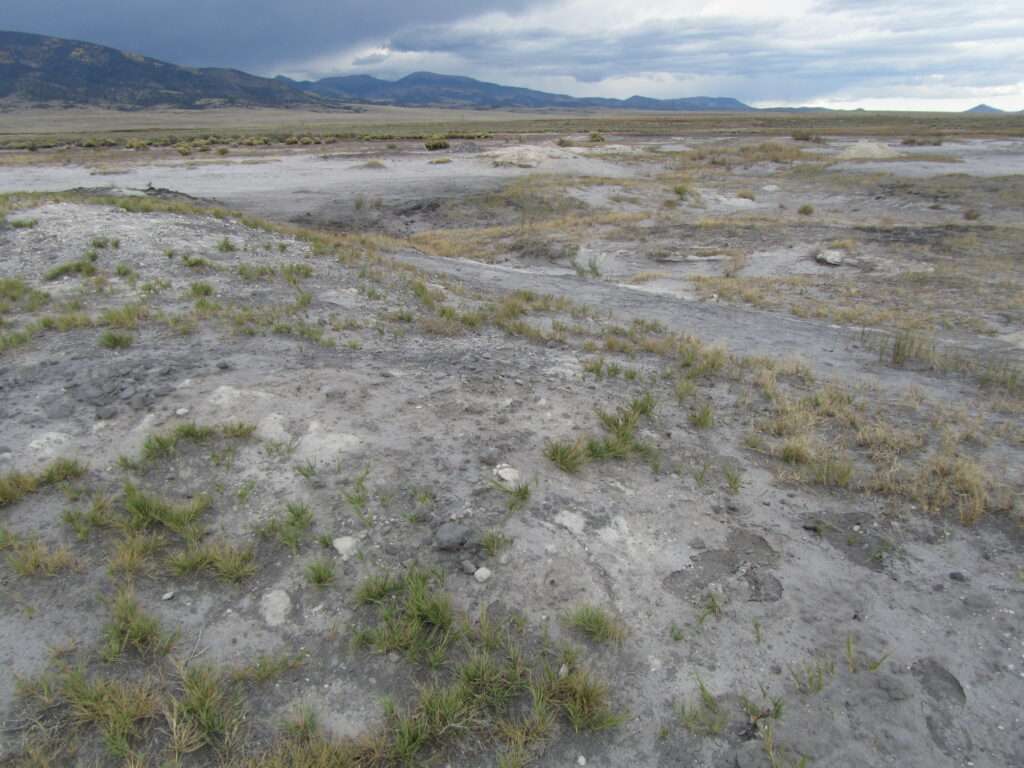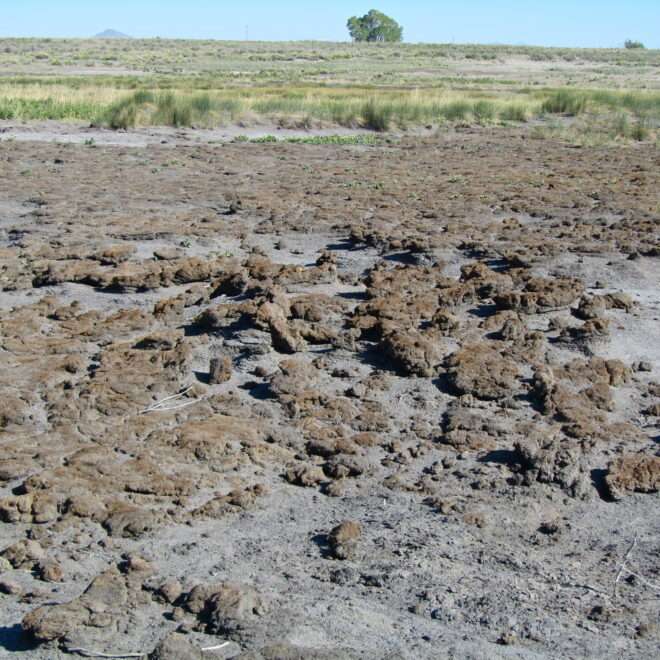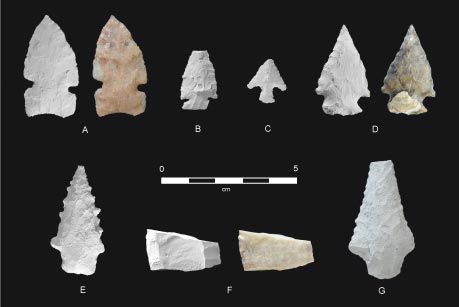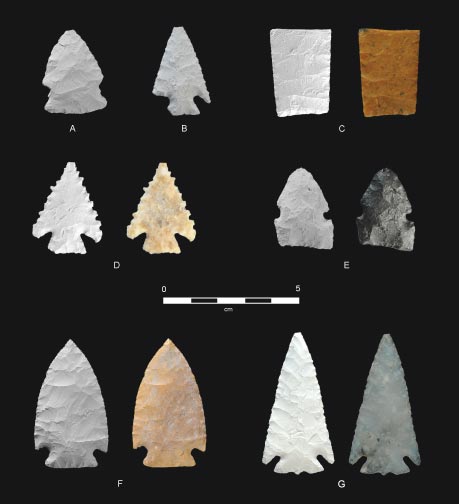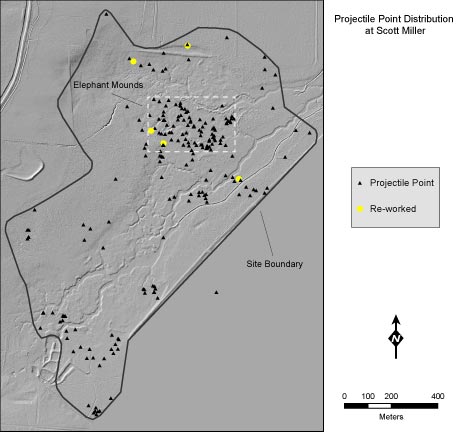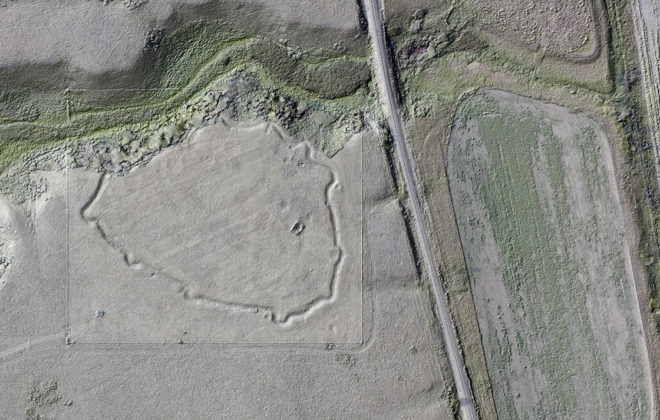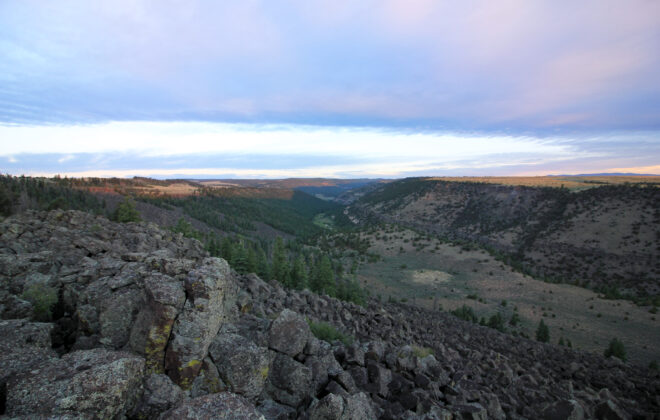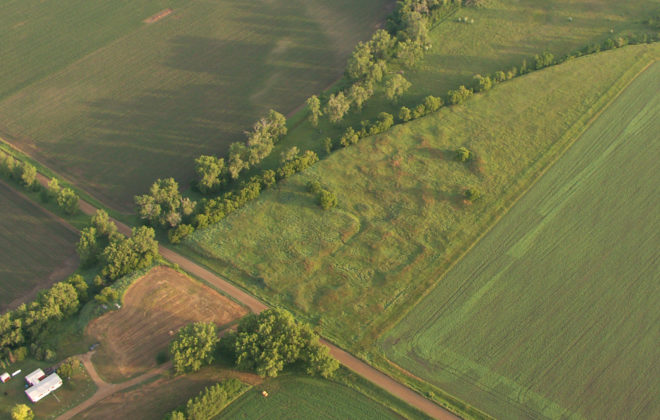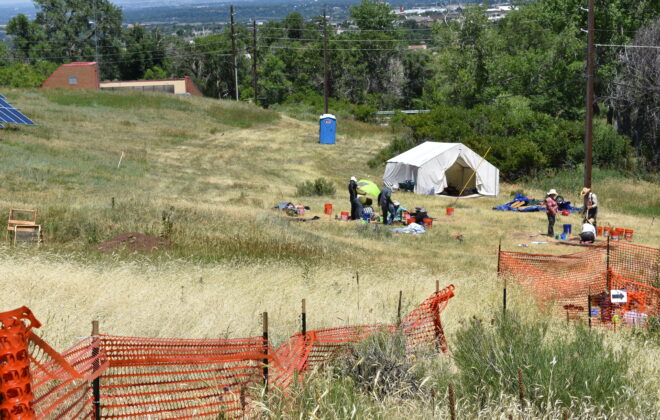Scott Miller Projectile Points
The Scott Miller site is a relic wetland or peat bog that is no longer active, likely due to modifications of the stream channels and a lowering of the water table in the San Luis Valley from extensive agriculture in modern times. In the past, however, it would have been lush with wildlife and other natural resources and an extremely attractive place for hunter-gatherer groups to procure a number of goods. The site–first documented in 2009–contains 219 projectile points, many of which are complete enough to identify to a specific type. Those 219 points indicate occupations from the Folsom Paleoindian period and extending all the way until the last few hundred years.
In 2020, PCRG researchers began analyzing the projectile point assemblage to provide more context for the site. In addition to one Folsom point fragment, the site contains four other Paleoindian points, along with two that may be Paleoindian. The collection also includes 27 arrow points, including 19 corner-notched arrows, 7 side-notched, and one that is too fragmented to determine. Fourteen points were too fragmented to type as a dart or an arrow. Oshara tradition dart points, which roughly correlate to the Archaic period, comprise nearly 50 percent of the entire assemblage, and over 80 percent of the typeable assemblage, and are the by far the most common point type at the Scott Miller site.
The data from this analysis overwhelmingly indicate the primary function of the site was for hunting, with only minimal evidence of point maintenance and camp activities. Nearly 80 percent of the points are either complete and presumed to be hunting losses, or are broken with a fracture type that indicates use, such as impact fractures. Another major finding of the analysis is that, while used since the Folsom period, the most intensive period of occupation spanned roughly 5000 to 2000 B.P., or about the Middle to Late Archaic periods. Read all about the collection and our analysis in the accompanying report.

